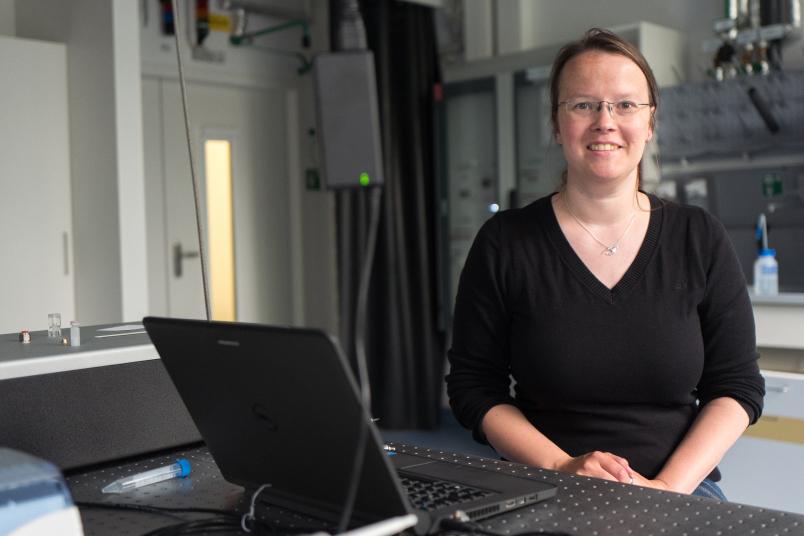
Biochemistry
How protein interactions control programmed cell death
Gaining these insights required a special method.
A team of researchers has gained new insights into a protein network that controls programmed cell death – which was a methodological challenge. This is because the proteins responsible constantly switch back and forth between the aqueous cell fluid and oily membrane. However, there are hardly any methods that can analyse protein interactions in both environments. Using a special form of spectroscopy, the researchers from Bochum and Tübingen decoded the complex interaction of three proteins in what is known as the Bcl-2 family. With further partners, they report on the results in the renowned journal Nature Communications.
Disposing of damaged cells
“Programmed cell death is an important protective mechanism in the body to dispose of damaged, old or unnecessary cells,” explains Dr Stephanie Bleicken from the RUB working group for electron paramagnetic resonance spectroscopy and from the cluster of excellence Resolv. If this mechanism does not work, neurodegenerative illnesses or cancer can occur.
The Bcl-2 proteins decide whether or not cell death is initiated. As the study showed, the interaction depends significantly on the environment. Different interactions were possible in membranes than in the cell fluid.